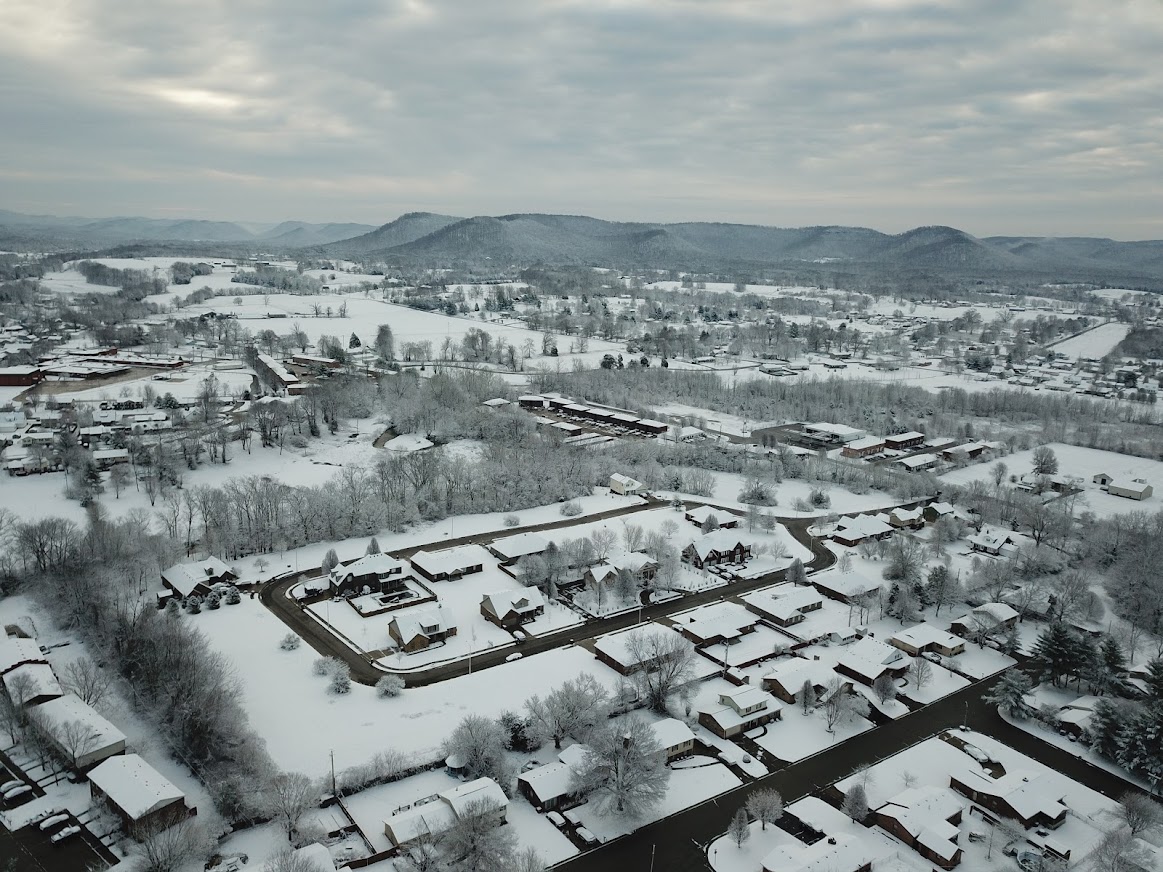
1. Keep the humidity in your home at a comfortable level
2. Adjust your thermostat to keep it cool and dry
3. Insulate your pipes with foam insulation or wrap them in heat tape
4. Put up storm windows, doors, or at least plastic coverings around drafty windows and doors
5. Install attic insulation for efficient heating during winter months
6. Seal any gaps or cracks that allow cold air to enter the house through vents, pipes, etc., with caulking or weather stripping
7. Clean or replace heating system’s air filters monthly
8. Keep your gutters clear of debris so that water can quickly be carried away before becoming ice
9. Keep your fireplace damper closed to prevent heat from going up the chimney and wasting energy
10. Consider investing in a programmable thermostat that can regulate temperature for you when you’re not around
Winterizing your home is essential for preserving a comfortable indoor environment during the winter months, but it can be difficult to know exactly what needs to be done. The important factors that need to be considered include humidity control, temperature control, and insulation. These are all crucial in preventing drafts, damaged furniture, dried-out sinuses, and other problems caused by an uncomfortable living space that isn’t protected against harsh winter weather conditions. There are 10 easy steps that will help ensure that your home is prepared for the cold weather ahead:
1. Keep the humidity in your home at a comfortable level by setting up a humidifier or dehumidifier depending on what is preferable for you and your family members’ needs.
2. Adjust your thermostat to keep it cool and dry (Usually between 68 and 72 degrees).
3. Insulate your pipes with foam insulation or wrap them in heat tape so that water doesn’t freeze up.
4. Put up storm windows and doors, as well as draft guards around windows and doors to prevent the cold outdoors from getting inside of your home.
5. Install attic insulation for efficient heating during winter months. Your attic is one area that can easily become very cold, which is why it’s important to make sure that you insulate it this winter before all of the heat escapes through the roof!
6. Seal any gaps or cracks that allow cold air to enter the house through vents, pipes, etc., with caulking or weather-stripping.
7. Clean or replace the heating system’s air filters monthly to make sure that the overall indoor environment is safe and comfortable for you and your family members’ respiratory systems.
8. Keep your gutters clear of debris so that ice won’t clog them up and cause flooding and damage by ice dams, which can occur when water backs up behind the gutter because it isn’t draining properly.
9. Keep your fireplace damper closed to prevent heat from going up the chimney and wasting energy. If you accidentally let heat escape through the chimney, then this added expense could really add up over time!
10. Consider investing in a programmable thermostat that can regulate temperature for you when you’re not around, like the Nest Learning Thermostat ( http://www.nest.com ). This is a great tool for those who work long days and aren’t able to return home at certain hours of the day to turn up their heaters before they finally arrive back home cold and tired from work!
Don’t let cold weather prevent you from staying as comfortable as possible throughout the winter ahead. If your area is located in an area where it tends to get colder than usual during this time, then be prepared by following these easy tips so that you and your family members don’t have to worry about dealing with major problems!
